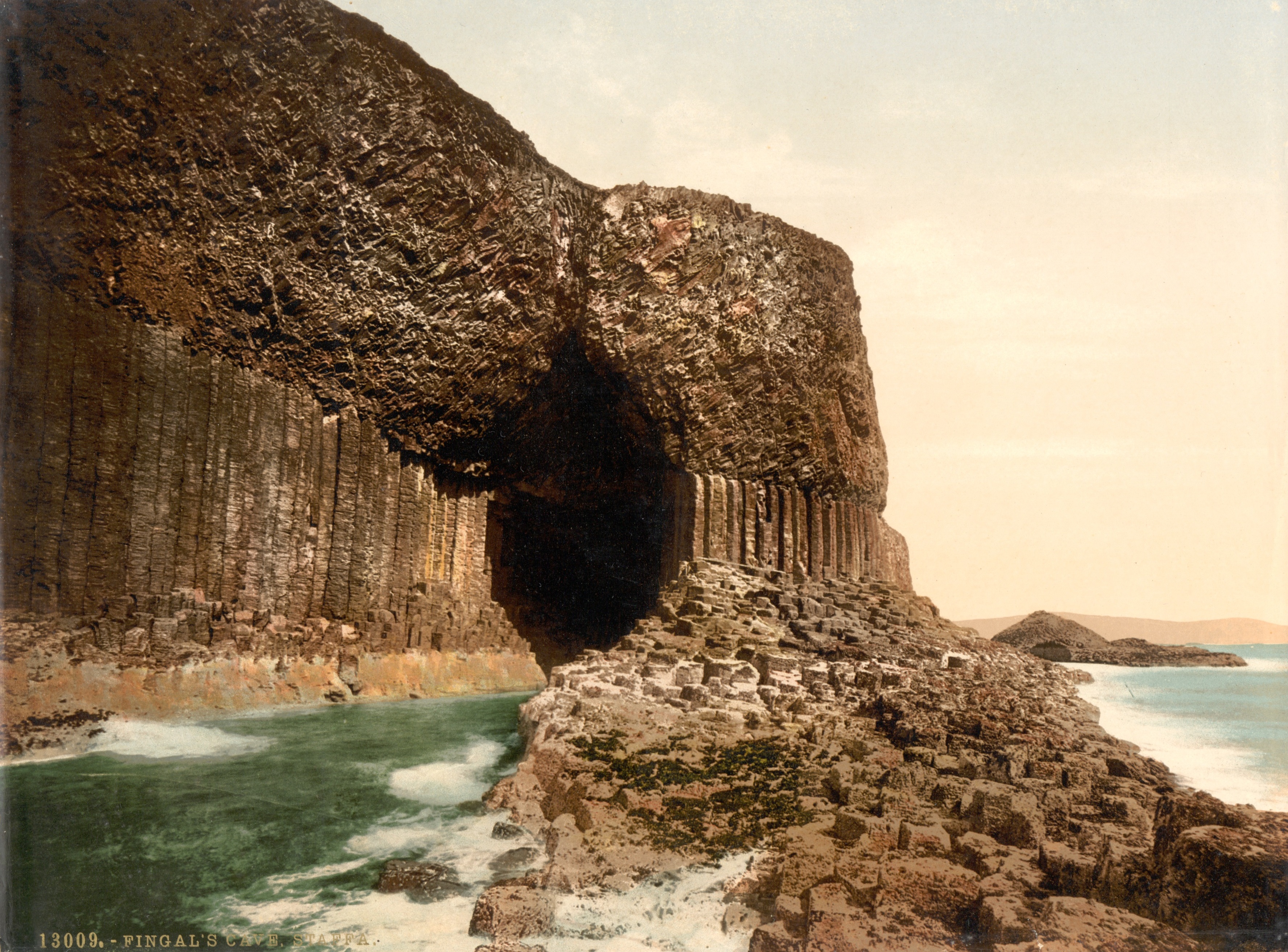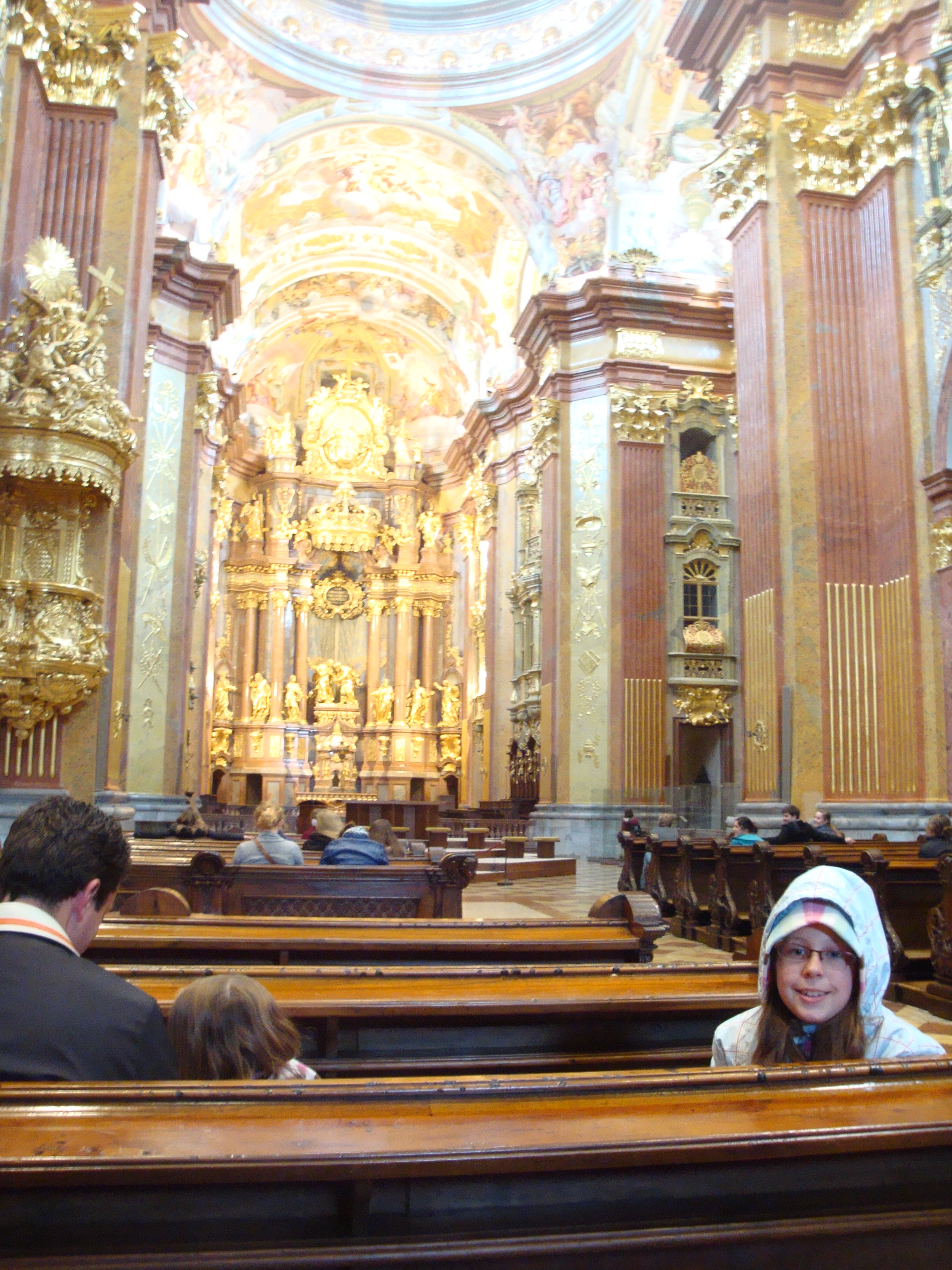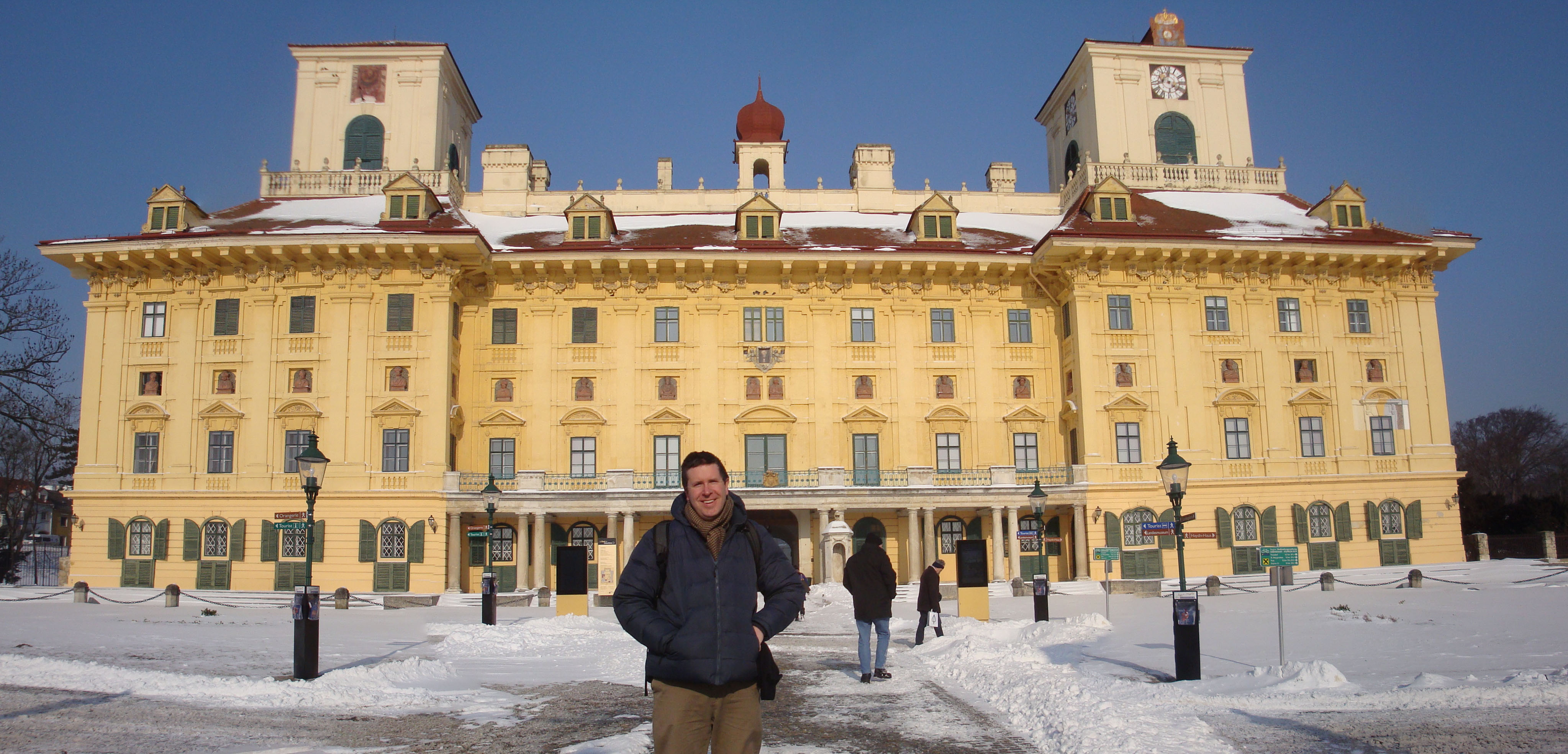I’m Listening to Everything Composed by Felix Mendelssohn
February 12, 2014(1809-1847)
For faithful readers of this blog, you may recall that I focused on a piece by Mendelssohn this past December. Here we are in February with another piece by Mendelssohn! The reason I chose to focus on Mendelssohn is because his birthday is this month (Feb. 3, 1809). Happy 205th birthday, Felix! For today’s piece, I’m focusing on one of my absolute favorites by Mendelssohn.
TITLE: The Hebrides Overture “Fingal’s Cave,” op. 26
DESCRIPTION OF THE PIECE: This piece is what is known as a “concert overture”—a single-movement orchestral piece of program music. The program of this piece is based on Mendelssohn’s own visit to the Isle of Staffa (off the west coast of Scotland). Staffa is part of a group of islands known collectively as the Hebrides (pronounced Heb’-ruh-deez) made of unusual geometric rock columns formed by volcanic activity. To get to the island, you need to charter a boat during good weather. Because of the unusual make-up of the island there is no gentle beach on which to leave the boat. You have to take the boat up close to the rock columns (sticking out of the water) and climb out directly onto the rocks. If the weather is bad, the water would be too choppy and would crash the boat into the rocks. On the island there is a large cave which, due to the unusual rock formations, has an unearthly quality to it. The music effortlessly conjures images of the ocean, the rise and fall of the boat as it approaches the island, and the unusual beauty of the island itself.

Here’s a YouTube video of the entire work:
And here’s a YouTube video of the entire work playing on top of someone’s travel footage (not mine, sadly), including the ambient sounds of the ocean, the boat, etc.
HIGHLIGHT: The powerful programmatic elements. I’ve never been to Staffa, but it’s not for lack of trying. When I was living in Scotland (from 1988-1990, serving an LDS mission), I never had the chance. When I returned to Scotland on vacation with my parents in 1996, we planned to go, but it was raining and no boats were willing to take us on a rainy day (unsafe). When my wife and I were there in 2000, we headed towards Oban (where we would catch a boat to Staffa) but it was raining and we knew our chances were not good. However, we noticed on the map that there was at least ONE island (Skye) that was close enough to the mainland that they had built a bridge to it. So as we drove across the bridge to the Isle of Skye, I wistfully hummed the melody of this lovely piece by Mendelssohn. Not quite the same thing as being on a boat, but it had to suffice. Someday I’ll get to Staffa…(sigh) Maybe next year…
WHAT’S LEFT TO LISTEN TO BY MENDELSSOHN?: With over 100 opus numbers, I’ve got a ways to go!

